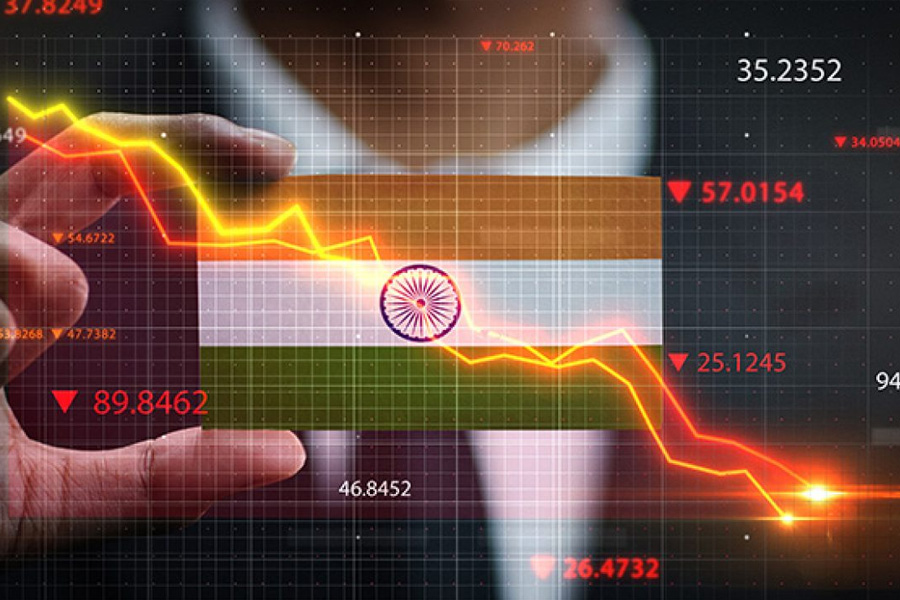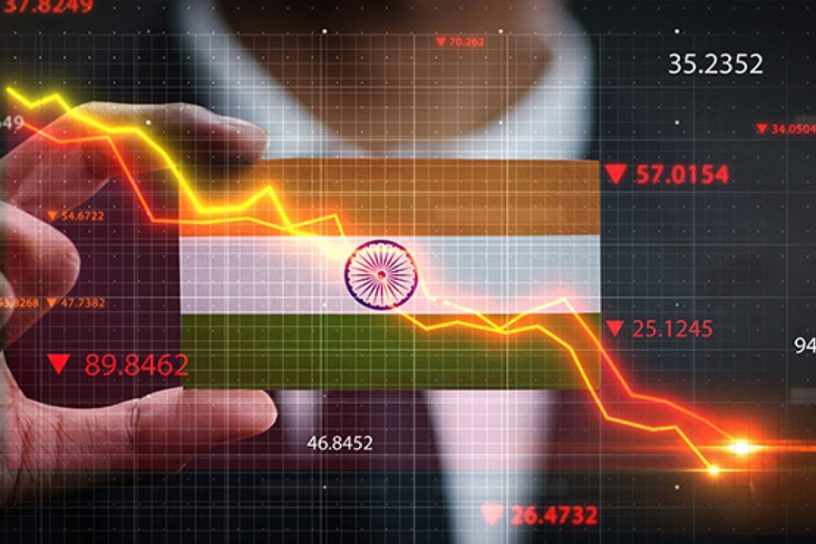
The weakening of India’s external sector performance weighed on its forex reserves kitty and the valuation of the Indian rupee.
Author
Deepanshu Mohan, Associate Professor of Economics and Director, Centre for New Economics Studies (CNES), Jindal School of Liberal Arts and Humanities, O.P. Jindal Global University, Sonipat, Haryana, India.
Summary
Much of the social media commentary in India on Sri Lanka’s economic situation seems to be drawing comparisons between the two economies. While we saw in the previous article how such comparisons are too simplistic and are based on a misplaced understanding of India’s situation, analysing India’s macro-public finance numbers while narrowing down the focus on its public debt position is an exercise worth pursuing at this stage.
No Fiscal Slippage, But…
As per CMIE figures, the Central government managed to arrest its fiscal deficit at Rs 15.87 trillion in 2021-22, Rs 45.5 billion below its revised estimate. The deficit amounted to 6.7% of the GDP as against the revised estimate of 6.9%. The government spent Rs 241.7 billion more than its revised estimate for 2021-22.
Its revenue expenditure, at Rs 32 trillion, exceeded the revised estimate by Rs 333.1 billion, while capital expenditure, at Rs 5.93 trillion, fell short of its revised estimate by only Rs 91.4 billion. The Centre’s disinvestment receipts, at Rs 146.4 billion, were way below their revised estimate of Rs 780 billion. But net tax revenue and non-tax revenue exceeded their revised estimates by Rs 552.5 billion and Rs 342.5 billion, enabling the government to stick to its expenditure plans without a fiscal slippage.
Its revenue expenditure, at Rs 32 trillion, exceeded the revised estimate by Rs 333.1 billion, while capital expenditure, at Rs 5.93 trillion, fell short of its revised estimate by only Rs 91.4 billion. The Centre’s disinvestment receipts, at Rs 146.4 billion, were way below their revised estimate of Rs 780 billion. But net tax revenue and non-tax revenue exceeded their revised estimates by Rs 552.5 billion and Rs 342.5 billion, enabling the government to stick to its expenditure plans without a fiscal slippage.
(This is a two-part article analysing whether the wide comparisons being drawn between the Indian and Sri Lankan economies are valid. While India is certainly not going the Sri Lanka way, it needs to acknowledge some red flags of its own. You can read the first part here.)
Published in: The Quint
To read the full article, please click here.


